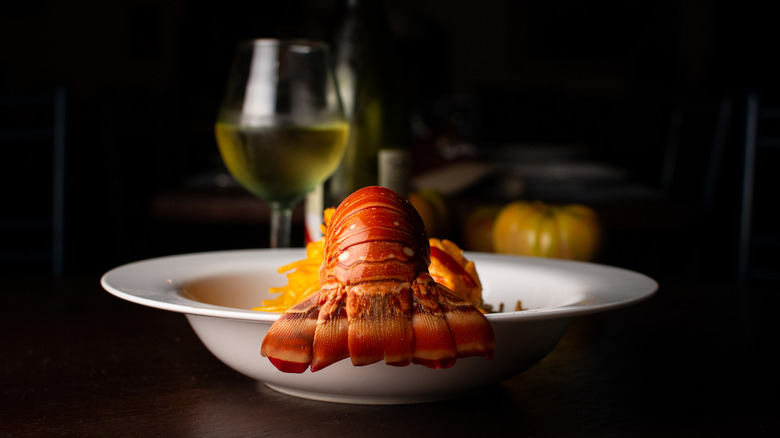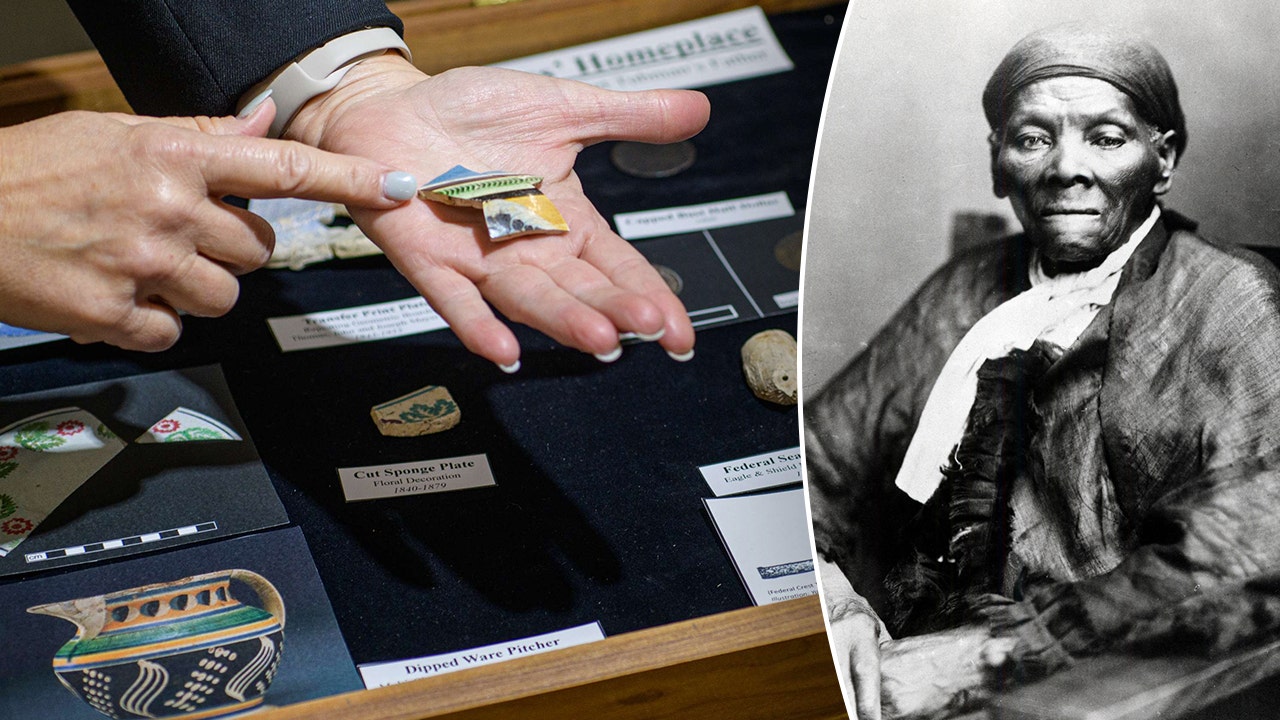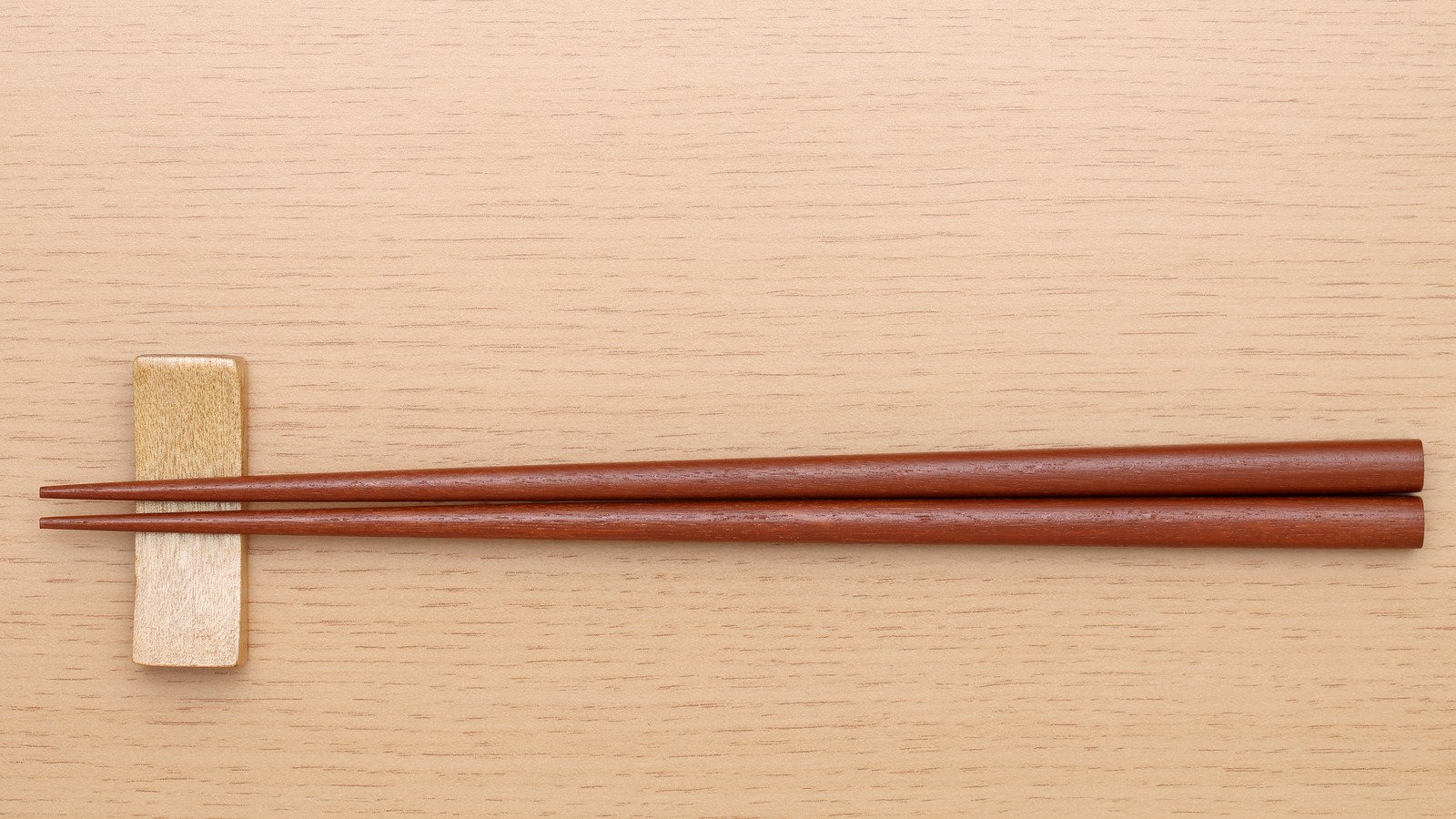The Clever Reason Chopsticks Are Slanted
Chopsticks have become an integral part of Asian cuisine, with their unique design and functionality captivating people’s curiosity worldwide. While they may appear simple, there is actually a clever reason behind the slanted shape of chopsticks. In this article, we will explore the history, cultural significance, and practicality behind this ingenious design choice.
The Evolution of Chopsticks
Chopsticks, known as “kuàizi” in Chinese, have a fascinating history dating back thousands of years. Archaeological findings indicate that chopsticks were first used in China as early as 1200 B.C. However, they were initially made from twigs or sticks used for cooking rather than as eating utensils.
Over time, chopsticks evolved into their current form and became a staple in Asian cuisine. Today, they are mainly used in China, Japan, Korea, and other East Asian countries. Each of these cultures has developed its unique style and preferences regarding chopstick design.
The Slanted Design
The slanted design of chopsticks is often credited to the Chinese, who were the original users of this utensil. The slant allows for a better grip on food, making it easier to pick up and handle without dropping it. The angle of the chopstick tips mimics the shape of our fingers, providing a natural and comfortable feel when using them.
Not only do slanted chopsticks aid in handling food, but they also have practical benefits. The pointed ends make it effortless to spear small or slippery items, such as individual grains of rice or noodles. Additionally, the slant prevents the chopsticks from rolling off the table, ensuring they stay secure and ready for use.
The Cultural Significance
Chopsticks play a significant role in various Asian cultures and are often considered more than just a mere eating utensil. They symbolize not only tradition and heritage but also social norms and table manners.
In China, for example, sharing food from a communal plate using chopsticks is seen as a gesture of unity and intimacy amongst family and friends. On the other hand, in Japan, the use of chopsticks is deeply intertwined with the aesthetic principles of harmony, simplicity, and mindfulness.
Practicality and Sustainability
The slanted design of chopsticks is not only practical but also sustainable. Unlike Western-style cutlery, chopsticks can be made from renewable materials such as bamboo or wood, reducing the environmental impact. The shape of the chopsticks also allows for efficient storage and transportation, making them widely available and easily accessible.
Moreover, the longevity of chopsticks contributes to their sustainability. While disposable chopsticks are common in some countries, many individuals prefer to use reusable chopsticks made of high-quality materials. By choosing reusable chopsticks, we minimize waste and promote a more eco-friendly lifestyle.
A Reflection of Culture
Chopsticks, as an everyday dining tool, reflect the cultural values and practices of Asian societies. Through their use, individuals can appreciate the mindfulness, patience, and precision required when enjoying Asian cuisine with chopsticks properly.
Additionally, chopsticks encourage a slower pace of eating. As one must carefully and deliberately pick up smaller bites of food, it promotes healthier eating habits and helps individuals appreciate the flavors and textures of each dish.
Conclusion
From their humble beginnings as twigs for cooking to the ingenious slanted design we know today, chopsticks have become more than just utensils. They embody the rich history, cultural significance, and practicality that Asian societies hold dear. The slanted shape allows for an excellent grip, easy handling, and practical benefits, while also symbolizing tradition and promoting sustainability. Whether you are a seasoned chopstick user or a curious newbie, appreciating the clever reason behind their slant will enhance your dining experience and deepen your cultural understanding.
*Source www.foodrepublic.com




































